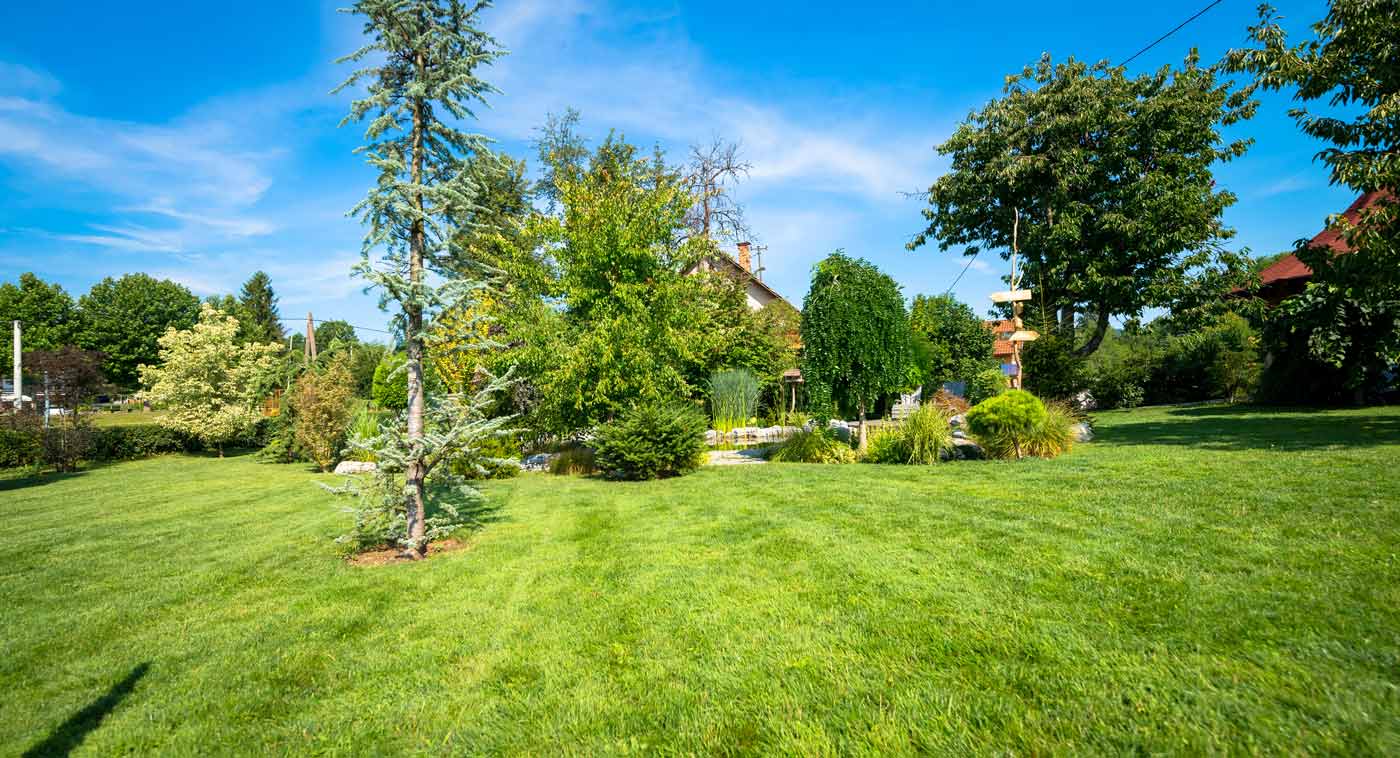With environmental awareness becoming more important than ever, looking at ways to create an eco-friendly garden is a sustainable way to manage your environmental footprint.
Being eco-friendly in your garden does not have to mean being messy and untamed.
Today, even the classiest contemporary garden can be environmentally-friendly and still look stunning, thanks to choices around sustainable materials and ethically-sourced feature items.
To make your garden more eco-friendly, try these practical tips:
1. Use Recycled Materials
The choice of materials used in structures, retaining walls, paths and pergolas matter and by using recycled materials, you are taking positive steps towards making your garden genuinely ‘green’.
Taking a day trip to regional towns to trawl through op shops, timber yards, tips and garage sales can be a fun way to source all kinds of interesting materials to use in your garden, including everything from old concrete troughs to trellis and unwanted scaffolding that can all be utilised to form part of your new garden. Just remember to bring a trailer to transport your finds.
Finding hand-made bricks can complement your Victorian-era terrace house, while other potential finds, such as old tin baths and buckets, can be used as feature items to add character and creativity to part of your garden.
2. Source Eco Materials
One way to reduce the carbon footprint of your garden is to source eco materials. Avoid new products made from cement and focus on more organic materials, including timber palings, rammed earth, and even straw bales, which can add instant character.
If budget is guiding you, it’s important to note that, although many raw eco materials are a lot cheaper to buy, the labour associated with working with those materials may be more expensive than usual. It’s because specialist skills are often required – sometimes out of the expertise of the average tradie.
3. Shop Locally
As well as supporting local businesses in your community, choosing locally-sourced materials is another way to reduce ‘carbon miles’ – the distance things travel from their original source to reach you.
Choose timber from renewable plantations and always look for second-hand materials that might be on offer in your own neighbourhood.
4. Don’t Waste Water
If you have the space, installing an underground water tank that can be used to catch water from downpipes is a great way to pump water back into your garden, or they can be set up to flush your toilets.
Avoid using a sprinkler on your garden – by watering the roots of plants without wasting it on the leaves (consider installing an automated watering system), check pond and pool liners for leaks, repair leaky pond liners, plant pots in large pots to avoid soil drying out too fast and never mow your lawn in very hot weather.
5. Avoid Chemical Use
Combating pests shouldn’t come at the cost of the environment.
Choose natural pest control for your garden by exploring natural remedies and companion planting techniques.
- Growing chives and onions near roses helps combat black spot disease
- Growing carrots and leeks side-by-side works to repel the pests attracted to each plan
- Growing basil next to tomatoes makes them taste better
- Growing horseradish close to potatoes helps them resist diseases
- Putting compost at the base of larger plants helps minimise weeds and saves water by keeping root systems moist
6. Choose Native Plants
Choice of plants is critical to thoughtful garden design and by focusing on indigenous plants to suit your local climate and conditions you can reduce your need for watering and pest control.
By providing food and shelter for birds and good bugs, you can actively reduce the impact of pests in your garden.
Stressed plants require lots of food and water but happy, healthy plants are more robust and self-sufficient. With some careful planning, you can create a stunning garden you’ll love – and one that doesn’t require lots of water and chemical control.
7. Create Your Own Compost
Home-made compost costs nothing to make, and will save you money and resources.
What to put in your compost:
- lawn clippings
- hedge trimmings
- vegetable peelings
- tea bags
- egg cartons
- leaves
- shredded newspaper and cardboard
Always avoid cooked food, meat, pet droppings and glossy magazines.
By putting in some initial effort to create an eco-friendly garden, your outdoor space will become its own thriving eco-system that attracts birds, insects and other wildlife. Creating a great garden is a long-term plan but the rewards are easy to measure.
To help you create a garden that adds value to your property, talk to our loan broking experts at Lending Specialists today.










